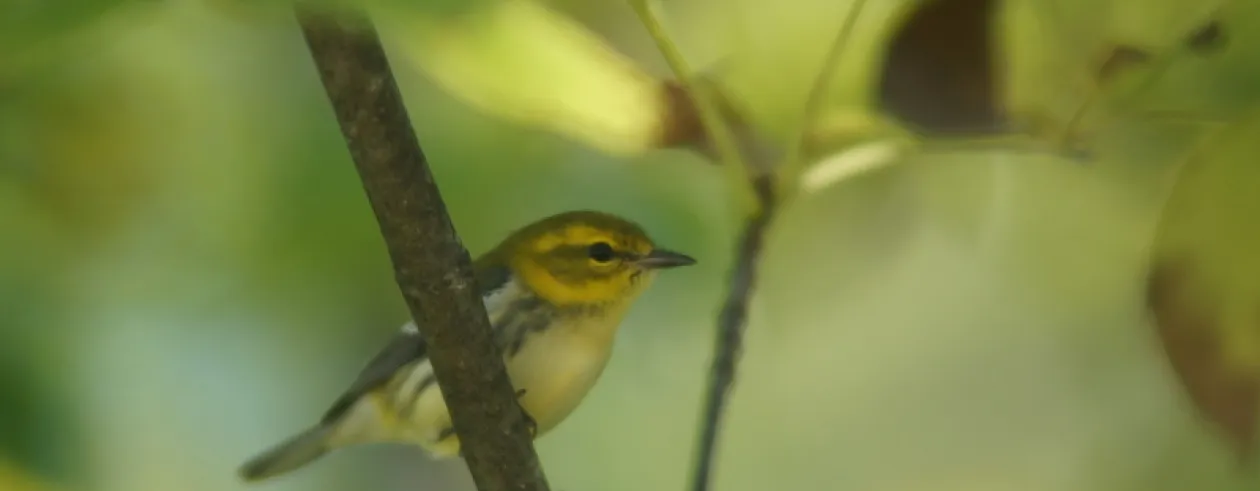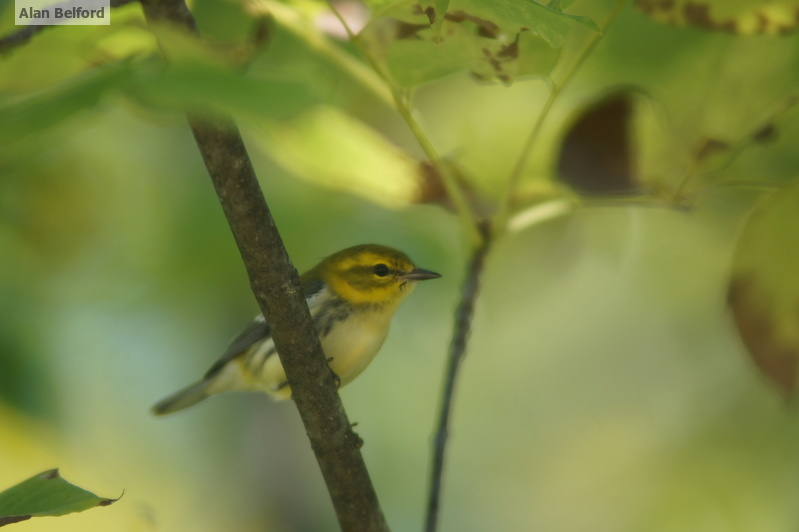
Boreal Birds and Migrants
Adding to a Trip
I had an errand to run in Tupper Lake the other day, and so I took Wren along with me so we could adventure after I was finished with my responsibilities. It had been far too long since I had checked out Spring Pond Bog, after all.
Spring Pond Bog
Spring Pond Bog is the second largest bog in the Adirondacks (and therefore the state), and it sits north of Tupper Lake, entirely on private land. However, the Nature Conservancy owns many of the best areas in the complex, and interested folks can contact the Nature Conservancy in Keene Valley (518-576-2082) for permission to access them. While the gatekeepers are familiar with me, I still had my permit on hand so that Wren and I could go explore.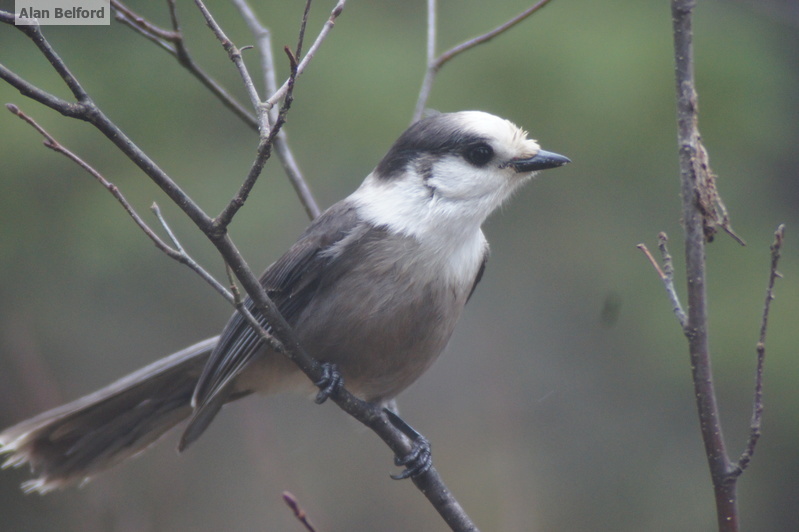
We started at the junction of Kildare Road and Potter Brook Road, a short distance beyond the first turn, which takes birders to the bog itself. Many of the splendid boreal habitats covering that portion of the area are also owned by the Nature Conservancy, and the forests are still home to state-listed Spruce Grouse, their population being bolstered by an on-going reintroduction program.
Boreal Birds and Mixed Flocks
We were not lucky enough to spot a Spruce Grouse on our trip, and overall the coniferous woods were quiet in the afternoon, but I eventually came across a mixed flock of birds that consisted mostly of Black-capped Chickadees, Red-breasted Nuthatches, and Golden-crowned Kinglets. I picked through them for a few Yellow-rumped and Nashville warblers. A couple of Gray Jays also came in to check out the scold calls of the birds, and they eyed me as if they received hand-outs from people from time to time.
After checking for more mixed flocks in the shrubby habitat lining Black Brook and finding a few Magnolia Warblers in the process, we began to drive the few miles back to the bog itself – the route was recently made easier to follow thanks to new signs from the Nature Conservancy.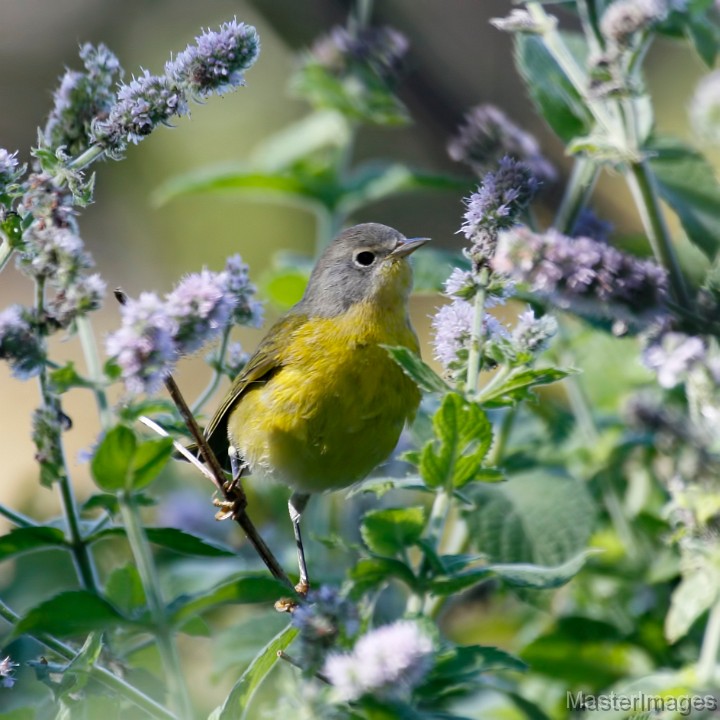
Our drive was mostly quiet, and we arrived at the small parking area marking the start of the trail that follows a glacial esker through the bog. The birds were generally hushed along the trail, but the view of the bog from the esker is always worth the trip. I snapped a few shots of the vast, spreading bog, and then became interested in a few piles of bear scat we found along the path. It was dark and loaded with the seeds of fruit the bear had been eating. After all, the esker trail is lined with blueberries, and the bear is evidently regularly walking the trail to feast. I ate a few of the berries it had missed.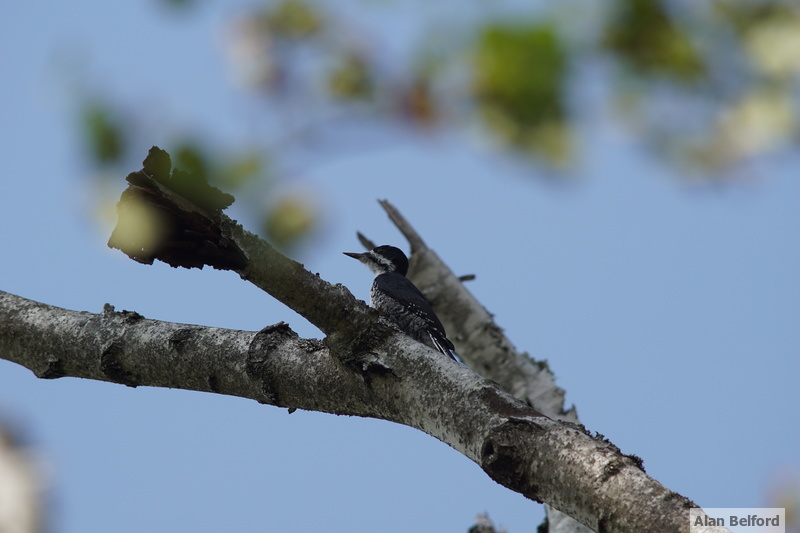
As we returned to the car, I heard a Black-backed Woodpecker calling, and so we walked a short distance down the road to find it – I was hoping it would allow me to take some photos of it. While the female Black-backed did not put on a show for the camera, she was not entirely uncooperative, either, and I managed a few photos before we started the drive back out. I had work to get done and I was guiding the following day.
But on our way I came across a couple more nice late summer songbird flocks, stopping each time to sift through them. In each case the flocks were composed mostly of Black-capped Chickadees and Golden-crowned Kinglets, but they held a variety of warblers and vireos, and I soon found my bird list growing. In this way I added Black-and-white Warbler, Nashville Warbler, Mourning Warbler, Common Yellowthroat, Yellow-rumped Warbler, Cape May Warbler, Magnolia Warbler, and Black-throated Green Warbler, as well as Blue-headed Vireo. It was exciting.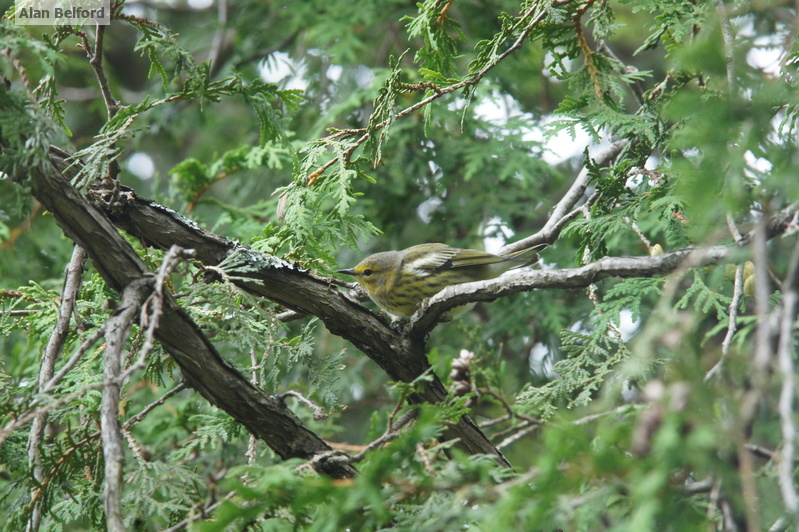
After all, that is one of the best things about late summer and early fall birding. Quiet days can be punctuated by groups of mixed species, and the trees can suddenly be filled with the life of twitching wings. In addition, the flocks are always a sort of grab bag of species, meaning they can contain almost anything that migrates through the region. It is exciting to see what they are hiding. The other great thing about these flocks is they can show up seemingly anywhere – whether while exploring a place like Spring Pond Bog or in my own yard. It all makes for a fun time of year in the birding world.
As the final flock moved off through the alders, we moved on too. It was a nice way to end our day before we left for home.
Come to the Adirondacks for some awesome fall birding and outdoor adventure. And check out our lodging and dining pages to help plan your trip.
